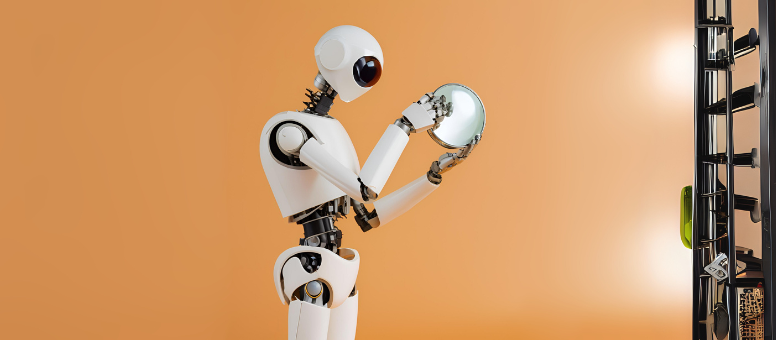Part 4/10

For our project, we need to develop a process that can quickly recognize and localize unknown objects in three-dimensional space. Only then can the robot arm interact with them. Our first step is therefore object recognition through image processing.
Image processing can be used to analyze photos and videos in real time. The images are analyzed using software and compared with sample images from a database. With support of artificial intelligence, algorithms can be developed to capture and identify objects in a room even faster.
In our research project, the robot’s surroundings are to be recorded with a camera. Ideally, the camera should be placed on the robot. This prevents objects from being covered by the robot arm and the images are not blurred. The camera images are analyzed by image processing and the objects can be recognized.
Once the images have been evaluated, the objects must be identified by searching a database and localized in the room. For error-free object recognition, environmental variables need to be defined. This means, for example, that there must be daylight or artificial lightning and the surfaces of the objects must not be highly reflective.
Sufficient data sets must be available for optimal object recognition. While large amounts of training data are already available in many areas of image recognition, the data of medical aids is severely underrepresented. We have therefore created our own data sets with assistive devices and combined them with existing image databases.














